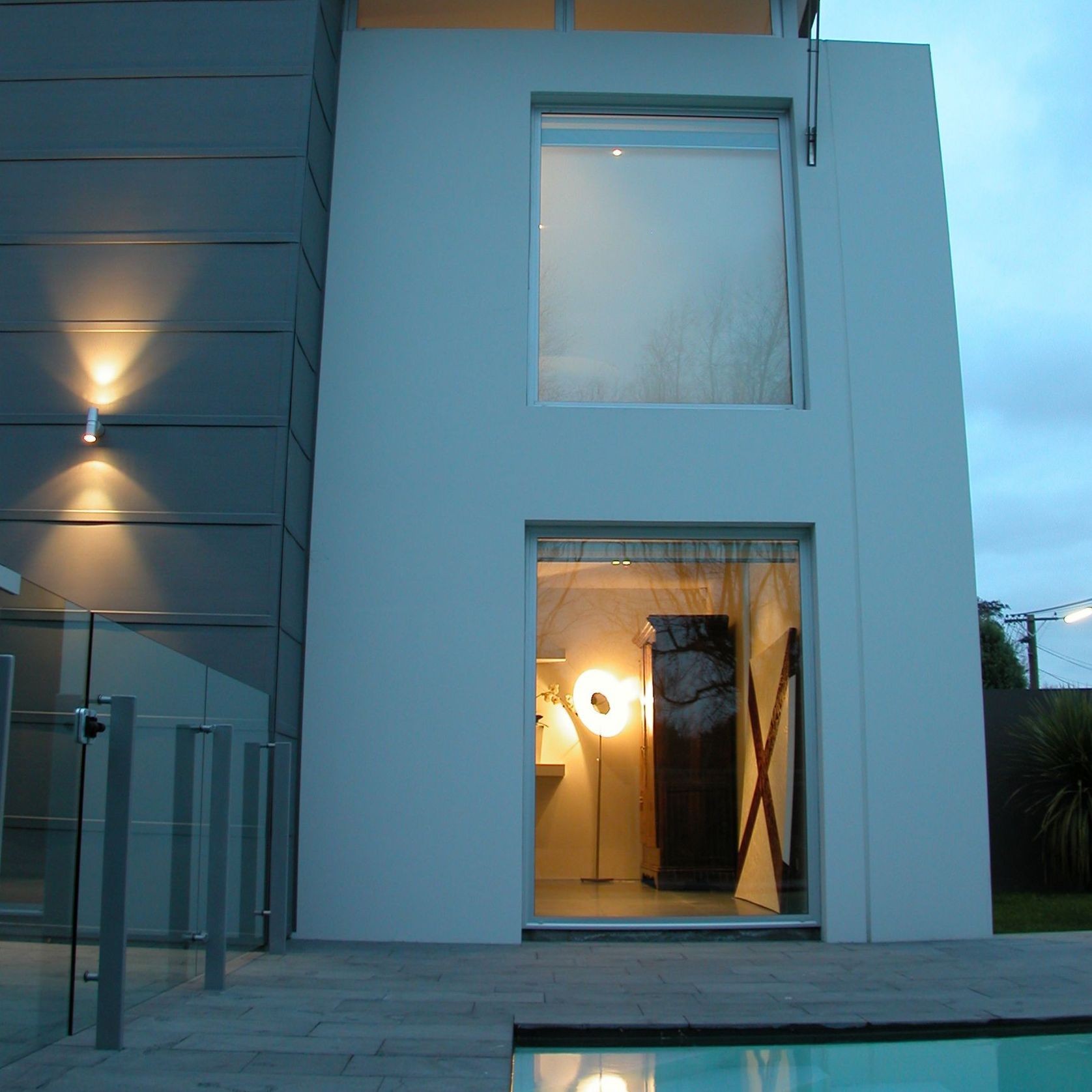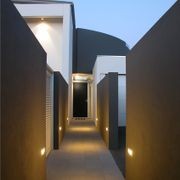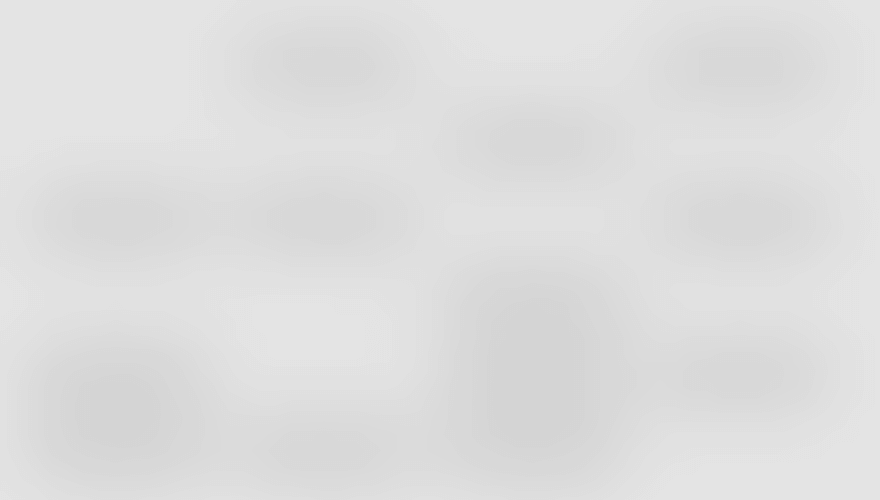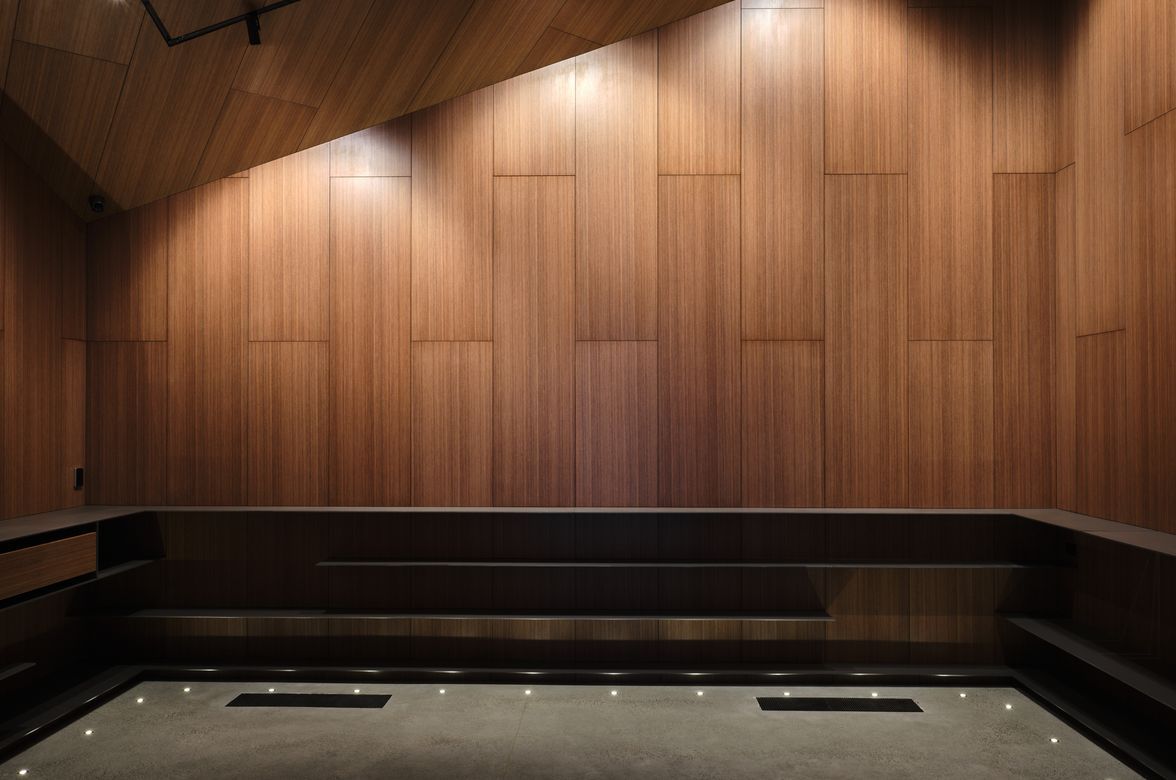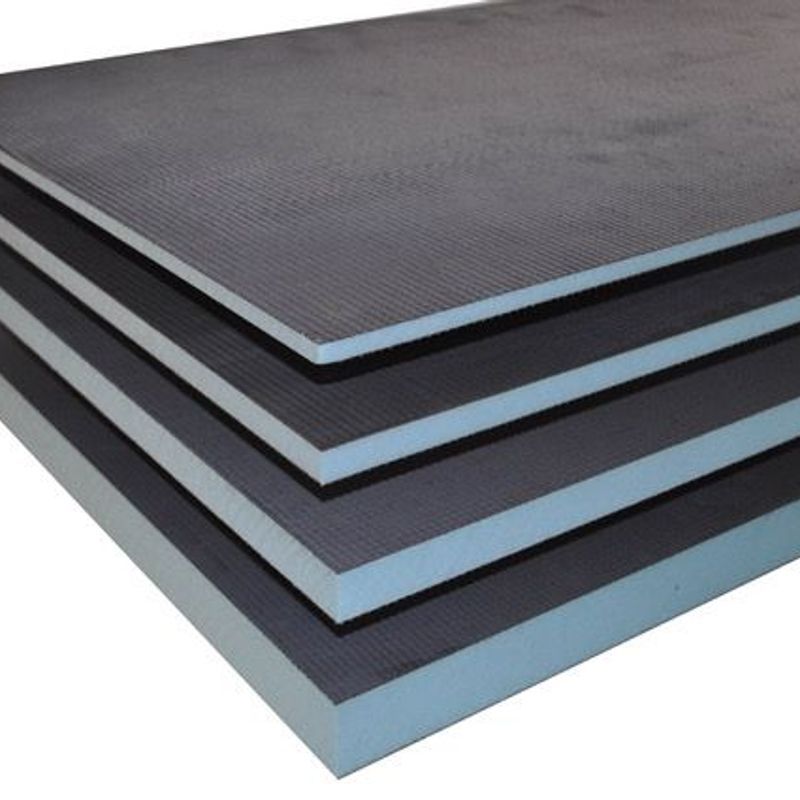Thermomass Insulated Concrete Panel
Composite Insulation- CategoryInsulation
Projects featuring Thermomass Insulated Concrete Panel
About the
Seller
COMPOSITE INSULATION
Supplying specialist insulation products throughout New Zealand for over 30 years.
We can supply XPS insulation in a range of sizes 2400x1200mm, 2400x900mm, 2400x600mm and compressive strengths of 300, 500 and 700 KPA.
We hold large stock of 10mm-120mm XPS in our North and South Island warehouses. We provide overnight delivery to most locations within New Zealand.
GOLDFOAM XPS EXTRUDED POLYSTYRENE
Extruded polystyrene (XPS) is a high-performance closed-cell rigid foam board insulation with high compressive strength. Extruded polystyrene can be used for cavity walls, roofs, soffits and underfloors.
MAIN FEATURES OF GOLDFOAM XPS
- High compressive strength
- Closed cell
- Easy to install
Goldfoam XPS board is available in thicknesses from 10-120mm.
GREENFOAM XPS 300
Greenfoam XPS X300 (300 kpa) has an ozone depletion potential of zero. It is a rigid insulation board with high compressive strength, is a closed cell and is easy to install.
Greenfoam has a density of 35kg/m3
Greenfoam XPS Board is available in thicknesses of 50mm, 75mm and 100mm
NF PIR Board
NF PIR Board is an energy-efficient thermal insulation board comprised of a closed-cell polyisocyanurate (PIR) foam core bonded to aluminium foil on each side. PIR offers one of the highest R-value of any material per thickness and has zero ozone-depleting potential (ODP)
NF PIR Board has a density of 35kg/m3.
NF PIR Board available in thicknesses from 20-150mm
MAIN FEATURES OF NF PIR BOARD
- Greater thermal resistance
- One of the highest R values of a material per thickness
- Retains insulative properties throughout the life of the product
- Moisture-repellent and mould resistant
- Holds an AS2122.1-1993 – determination of flame propagation certificate
THERMOMASS
Backed by 40 years of experience, Thermomass is the industry leader in concrete sandwich wall technology allowing New Zealand architects and designers to create walls that increase energy efficiency, durability and performance. Thermomass’ concrete insulation systems can be used in plant precast, tilt-up and cast-in-place projects.
MAIN FEATURES OF THERMOMASS:
- Proven in New Zealand conditions - used by precasters nationwide for insulating concrete panels during casting.
- Insulated from the outside- passively regulating the temperature and reducing energy costs.
- Fully tested system -backed by 40 years of experience
- The impact of extreme cold and hot conditions is absorbed - due to the storage capacity of concrete.
JIT TILE BACKER BOARD
JIT Tile backer boards offer an innovative new way of insulating and lining bathroom and wet room walls and floors to give a smooth finish for great-looking tiles.
JIT tile backer boards are extruded polystyrene faced with fibreglass mesh and a polymer mortar on each side for strength, rigidity and waterproofing.
JIT Tile Backer Board is also a high-performing edge protection board.
- ArchiPro Member since2023
- LocationView address
- More information
